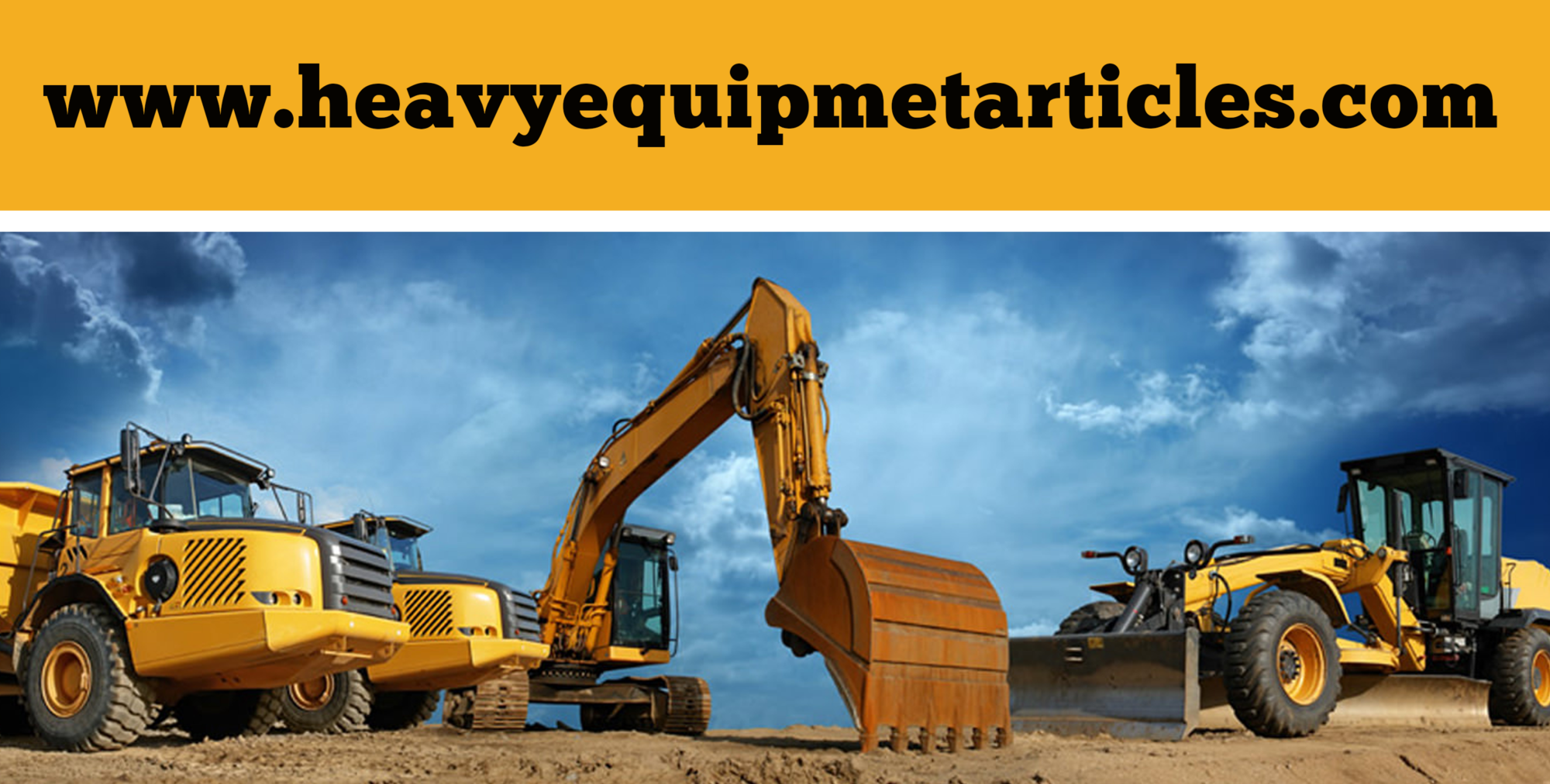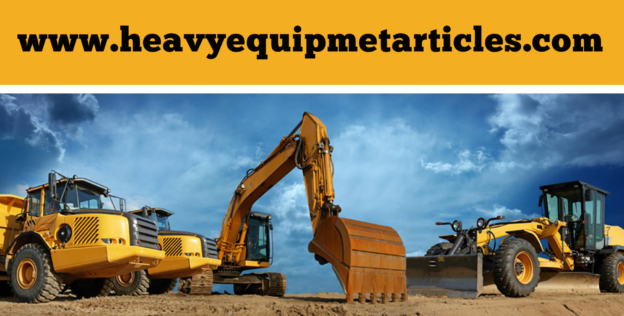Natural disasters such as earthquakes, hurricanes, floods, and wildfires can have devastating effects on communities and their infrastructure. In the aftermath of such events, heavy equipment plays a crucial role in disaster relief and recovery operations. These machines help to clear debris, repair roads and buildings, and restore basic infrastructure, such as power and water supplies. In this article, we will explore the role of heavy equipment in disaster relief and recovery operations.
One of the primary uses of heavy equipment in disaster relief operations is to clear debris. After a disaster, streets and buildings can be covered in rubble and debris, making it difficult for emergency responders and volunteers to reach affected areas. Heavy equipment such as bulldozers, cranes, and excavators can be used to remove debris and clear a path for relief efforts. This can include removing fallen trees and other large objects, as well as clearing streets and highways of damaged buildings and vehicles.
Heavy equipment is also essential for repairing damaged infrastructure. Roads, bridges, and buildings can be severely damaged in natural disasters, making them unsafe or unusable. Heavy machinery such as backhoes, excavators, and loaders can be used to repair these structures and get them back to working condition. For example, backhoes can be used to dig out damaged pavement, while loaders can be used to transport new materials to the site.
In addition to repairing infrastructure, heavy equipment is also used to restore essential services such as power and water. After a disaster, power lines and water pipes can be damaged, causing outages and disruptions. Heavy machinery such as cranes and cherry pickers can be used to repair and replace damaged power lines, while excavators can be used to repair and replace damaged water pipes.
Finally, heavy equipment plays a critical role in the recovery phase after a disaster. After initial relief efforts are completed, heavy machinery is used to rebuild homes, businesses, and other structures. This can include excavators and bulldozers used to clear and level land, as well as cranes and other machinery used to erect new buildings and structures.
In conclusion, heavy equipment plays an essential role in disaster relief and recovery operations. From clearing debris to repairing infrastructure and restoring essential services, these machines are critical to getting communities back on their feet after a natural disaster. As such, investment in heavy equipment and training for operators should be a priority for governments and relief organizations, as it can save time, money, and lives in the aftermath of a disaster.

